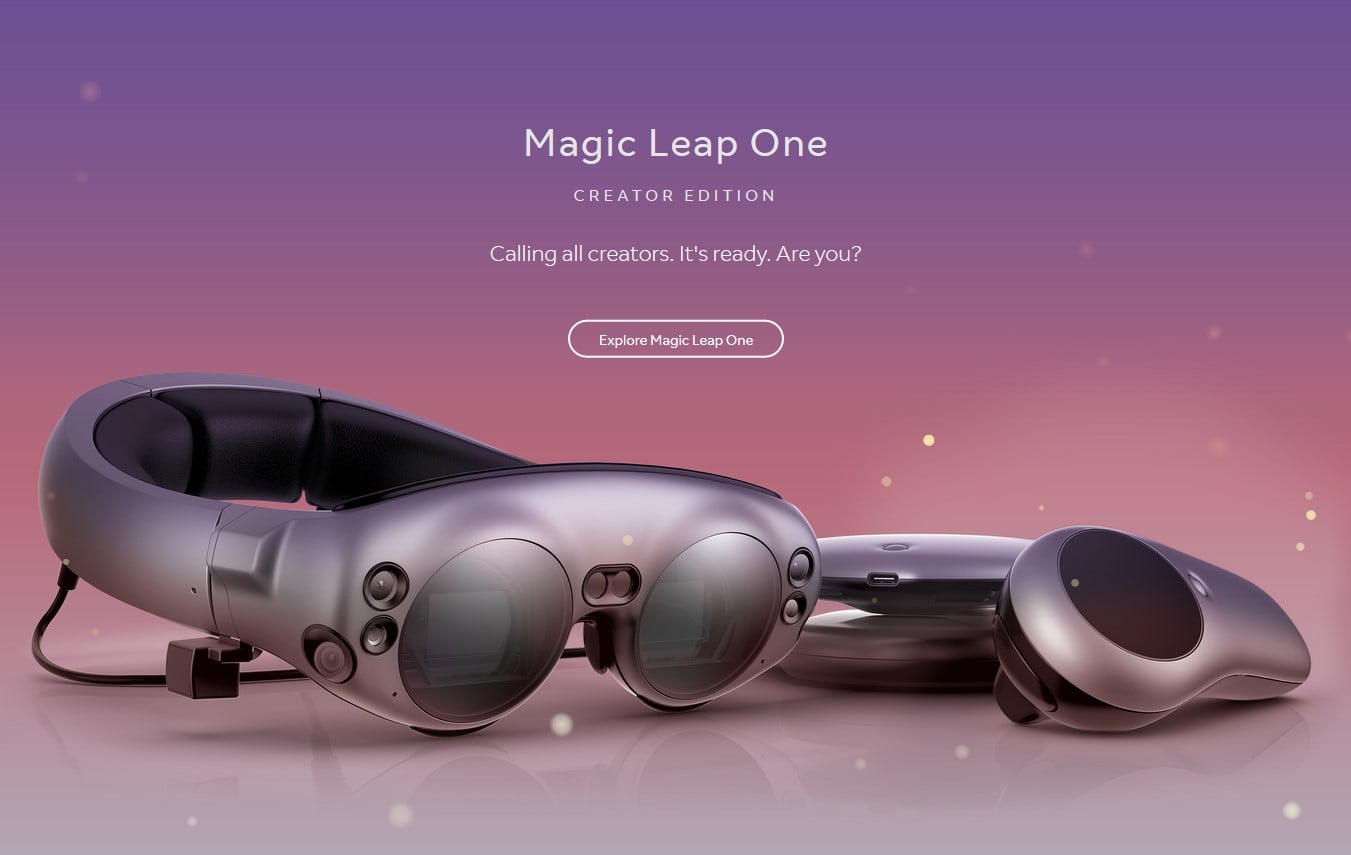Augmented Reality has been reaching its peak with every new year. After years of development in the shadows and huge investments of billions of dollars, Magic Leap’s AR headset will finally be available for purchase. The company refers to the Magic Leak One Creator Edition as a “spatial computing device,” and now it’s out for $2,295.
The overall system is equipped with three pieces – a Lightwear headset, small wearable computer called the Lightpack with an integrated CPU and GPU that enables it to render the graphics in the headset, as well as a controller that looks similar to the one that HTC Vive and other headsets have.
The hype regarding the Magic Leap’s AR headset has been building up for the previous seven years, while also making people skeptical. It has been huge a investment with over $2.3 billion in funding including from Alibaba, Andreessen Horowitz, Google, Warner Bros, and the Kingdom of Saudi Arabia. Magic Leap also had content partnerships with Disney and the NBA.
As PC Mag describes it, the mixed reality experience of Magic Leap’s AR headset is similar to Microsoft’s HoloLens. That said, the computer vision of the AR headset is able to integrate the gaming-like digital objects and the ambient real world.
There are two cables that go back from the headset, reaching to the circular, belt-mounted hardware. There is also a wireless controller that provides force control and feedback with six degrees of freedom, smooth movements and predictive gesture response.
How does it run?
The Magic Leap’s AR system is equipped with a Nvidia Parker CPU, equipped with two Denver 2.0 64-bit cores and four ARM Cortex A57 64-bit cores. The graphics card is the Nvidia Pascal with 256 CUDA cores, while the Lightpack runs 8GB of RAM and can store up to 128GB of data. The system also has a lithium-ion battery, although it will last you for only three hours of consistent use once it is fully charged.
The Magic Leap’s AR headset is equipped with its own operating system called LuminOS that is “optimized for environment recognition and persistent digital content.” There is also an Avatar Chat for supporting the experiences in mixed reality. The system also allows you to create virtual screens of any size so that more content can be displayed. Users can also use the Gallery feature to show your photos, videos and 3D objects.
If you want to buy the Magic Leap’s system, head over here.





